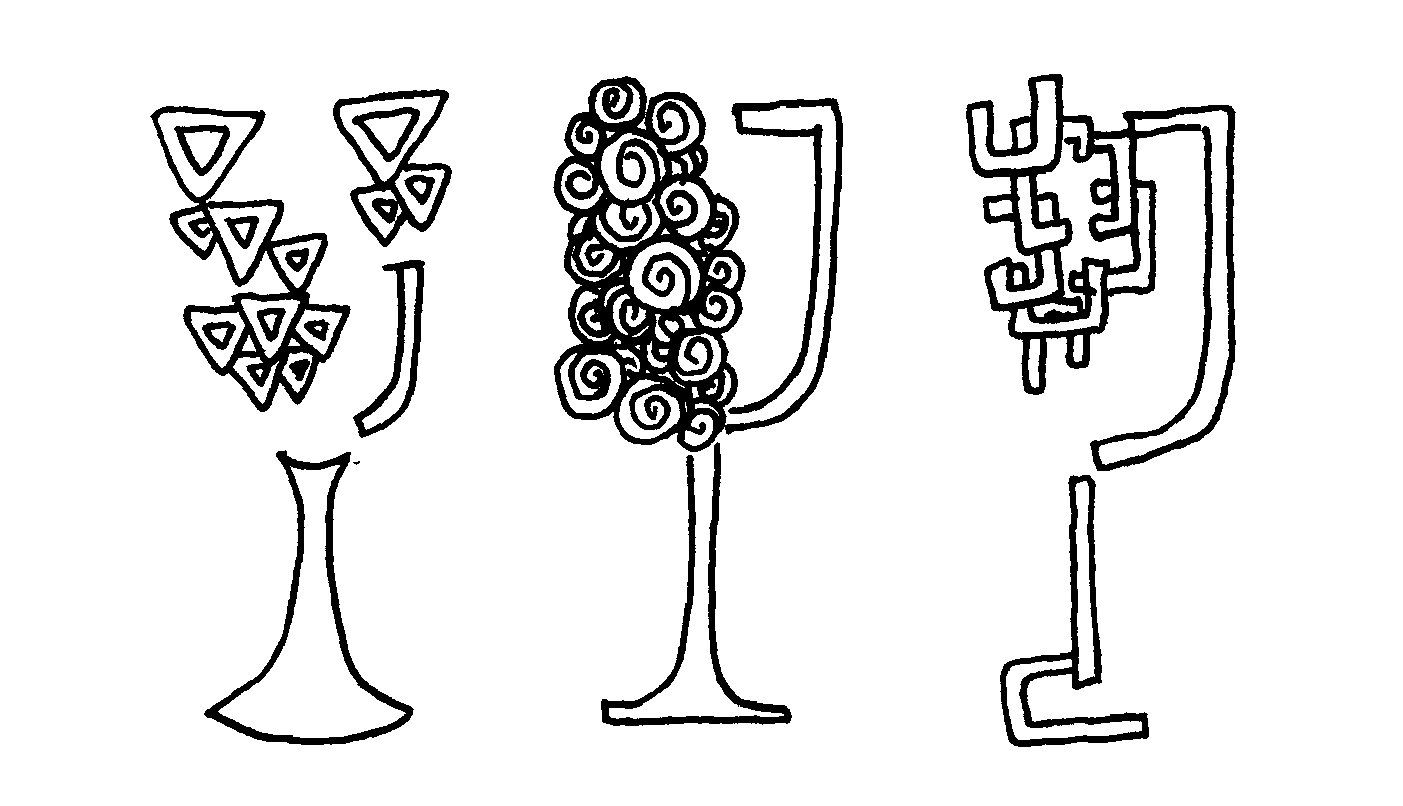Four French Regions You Must Know
We get a lot of requests from our members of Sunday School Wine Society to talk about specific grape varietals like “Tell us about Cabernet Sauvignon! And how is it different from Merlot?! And “What does Syrah taste like?” But lemme tell you one thing…
Grape varietal doesn’t matter!
Ok, ok. This isn’t 100% true. But, what is true is that where a wine is from (aka region, aka a wine’s terroir) is just as important, if not more important than the varietal. 🤯
Whaaaaat?!?! Whyyyyy? If you haven’t already, you can learn why here.
Are you a wine beginner? Start learning about regions
If you’re a wine beginner and/or you want to know how to shop for wine from old wine-o-phile European countries (eg, France, Italy, Spain…), then you’re going to need to start learning about regions.
Part of the reason for this is that most European countries label their wines not by grape variety but by region (because they are emphasizing the importance of place in determining the style and taste of the wine). They leave it up to you to know which grapes it’s made from and what the style will be.
For example, did you know that Rioja is not a grape, but a region in Spain? Riojas are usually blends mostly made from the grape Tempranillo alongside other native grapes. The goal of the blends is to create a style that is recognizable as a ‘Rioja’.
Thanks winesnob.blog for the pic of this bomb.com wine! Want a great Rioja? Check out Lopez de Heredia. ;)
But no need to rush out and try to absorb all this knowledge at once (it’s a lot), we’re going to help you through it…
Let’s start with France…
Why? Well, while Italy technically wins the award for the quantity of wine it churns out, France wins the award for having the most high-prestige and world-renowned wine regions that are both widely recognized and widely misunderstood.
If you can get a good grasp on France’s four most famous and most important regions, let me tell you, you will be über equipped to go out and conquer the world of wine.
Before we go into detail about how to shop confidently for wines from each region and how to find wines to suit every occasion and mood, we’re going to give you a quick overview of each of the regions we’ll be covering over the next few months.
And here it is…
The four French wine regions you must know:
1) Beaujolais
Its claim to fame: the home of Gamay (the grape). All (red) Beaujolais is made from Gamay
If you remember one thing: Gamay does great at parties. It pairs with nearly everything and is loved by all—wine newbs and veterans alike
For the savvy shopper: look for one of the 10 Crus for an age-worthy wine that will punch above its price. Btw, a Cru is an appellation (or mini region) within Beaujolais—more on that later.
FYI: Champagne is a region and champagne is a sparkling wine from that region. Cava and Prosecco are not champagnes.
2) Champagne
Its claim to fame: the most famous sparkling wine in the world made from Chardonnay, Pinot Noir, and/or Pinot Meunier (usually as a blend of all three, but can be made from a single grape variety)
Most important thing to note: ‘Champagne’ can only be called champagne if it’s from this French wine region
For the savvy shopper: look for grower champagne for great value—these are small-production Champagnes that are family-run or made by smaller ‘houses’ (as producers are known in the region). Look for RM on the label.
3) Bordeaux
Its claim to fame: hearty red blends made (mostly) from either Merlot or Cabernet Sauvignon
Most important thing to note: by custom, the region is split into ‘right’ and ‘left’ bank—right bank wines are Merlot dominant, left bank wines are mostly Cabernet
For the savvy shopper: for better value, look for an off-the-beaten-path Bordeaux appellation such as Cote de Bourg, or so-called ‘satellite’ regions such as Haut-Medoc. Or, even better, the Bordeaux Fringes.
Burgundy has one of the most crazy labeling systems (aside from Germany). Another lesson for another day…
4) Burgundy/Bourgogne
Its claim to fame: world-class reds made from Pinot Noir and whites made from Chardonnay
Most important thing to note: there are dozens of AOCs within Burgundy!!! It can get complicated but it is rewarding when you understand the system (we’ll have more on to navigate the crazy world of Burgundy appellations)
For the savvy shopper: as a general rule (given how complicated it is!), look for ‘Villages’ on the label as many of these offer value for money.
Alright, so now that you’re primed, meet us back here next week as we start digging to Beaujolais with Beaujolais 101. You’ll be shocked to learn that Beaujolais is not the wine you might think it is, and actually, it just might be Goldilocks wine you are totally missing out on.
Did you just learn something new about one of these French wine regions?? Let us know in the comments!
WE HAVE MORE STUFF!
Videos, ebooks, downloadable cheat sheets and shopping guides that will equip you with the knowledge you need when shopping for, drinking, and pairing wine.
Check out our membership, Sunday School Wine Society, which gives you access to all this and more!









The two grapes that really steal the show in your Bordeaux reds are Cabernet Sauvignon and Merlot. There’s a big difference in style between the two. So, how do they taste different, and how do you know which one you’re getting (cause it won’t say on the label)?